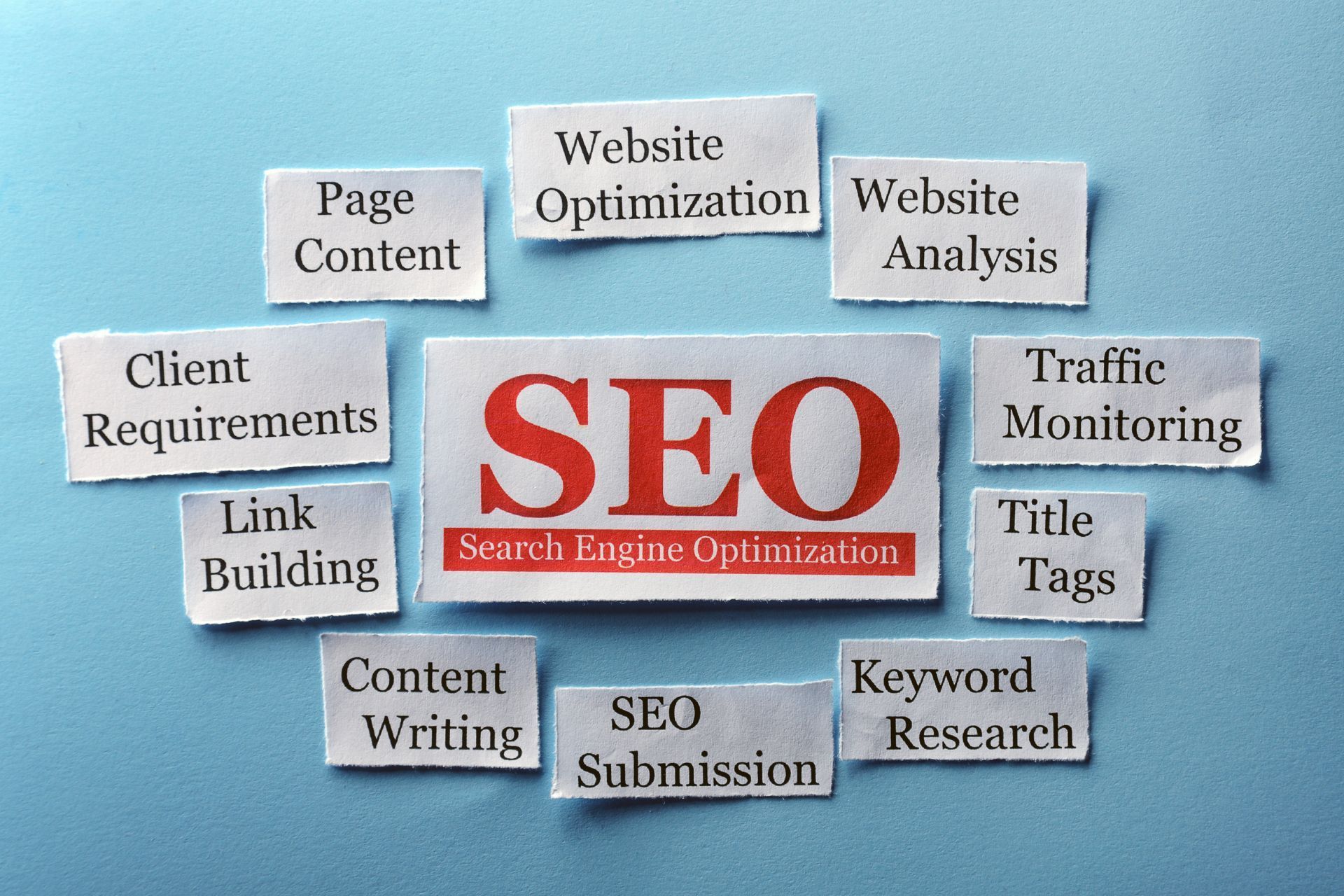Are Core Web Vitals a Ranking Factor?

Core Web Vitals have been a hot topic among website owners and SEO experts recently, with many wondering if they will be a ranking factor in Google's search algorithm. But what exactly are Core Web Vitals, and how do they impact a website's search engine ranking?
What are the Core Web Vitals?
With Google's upcoming Page Experience update scheduled for May 2021, webmasters and site owners are starting to pay more attention to Core Web Vitals. But what exactly are Core Web Vitals, and why should you care about them?
Core Web Vitals are a set of specific factors that Google considers important in determining a website's overall page experience. These factors are designed to measure a website's speed, responsiveness, and visual stability, all of which contribute to a positive user experience.
There are three main Core Web Vitals that Google will be focusing on:
1. Largest Contentful Paint (LCP): This metric measures how quickly the main content of a web page loads. Google considers an LCP of 2.5 seconds or less to be good. Slow loading times can lead to a high bounce rate as users become frustrated waiting for a page to load.
2. First Input Delay (FID): FID measures how quickly a website responds to user interactions, such as clicking on a button or scrolling. A good FID score is less than 100 milliseconds, as delays in response can lead to a poor user experience.
3. Cumulative Layout Shift (CLS): CLS measures the visual stability of a website by tracking any unexpected layout shifts that may occur as the page loads. Google considers a CLS score of 0.1 or less to be good, as layout shifts can be disorienting for users.
In addition to these Core Web Vitals, Google will also be looking at other page experience signals, such as mobile-friendliness, safe browsing, and HTTPS security.
So why should you care about Core Web Vitals? Well, for starters, Google has stated that these metrics will be an important ranking factor for search results. Websites that provide a better user experience are more likely to rank higher in search results, resulting in more organic traffic.
Furthermore, focusing on improving your Core Web Vitals can lead to a better overall user experience on your website. Faster loading times, quicker response to user interactions, and a more stable layout can all help to keep users engaged and on your site longer.
Do Core Web Vitals impact Google rankings?
Core Web Vitals are a set of three specific factors that Google considers important in determining the quality of a website's user experience. These factors are loading speed, interactivity, and visual stability. Loading speed refers to how quickly a page loads, interactivity measures how responsive a page is to user input, and visual stability looks at how stable the content is as it loads.
Google has indicated that Core Web Vitals will become a ranking factor in its algorithm starting in May 2021. This means that websites that perform well in terms of these factors may see a boost in their search engine rankings, while those that perform poorly may see a drop.
So, how do Core Web Vitals impact Google rankings? Well, it's important to note that while they may have an influence on rankings, they are just one of many factors that Google considers when determining where a website should rank in search results. Things like content quality, relevance, and backlinks are still major ranking factors, so even if your website doesn't perform perfectly in terms of Core Web Vitals, it may still rank well if it excels in other areas.
That being said, it's still important to pay attention to Core Web Vitals and optimize your website for them. Not only will this potentially improve your search engine rankings, but it will also enhance the user experience on your site, leading to higher engagement and conversions.
How to Improve Your Core Web Vitals Scores
Core Web Vitals are a set of metrics that measure the loading speed, interactivity, and visual stability of a webpage. These metrics have become increasingly important for SEO rankings, as Google has announced that they will be a crucial factor in determining website rankings in search results starting in 2021. Improving your Core Web Vitals scores is essential for ensuring that your website performs well and is easily discoverable by users. Here are some tips on how to improve your Core Web Vitals scores:
1. Optimize Your Images: Large image files can slow down your website, so make sure to optimize your images for the web. Use tools like Photoshop or online compressors to reduce the file size of your images without compromising on quality.
2. Minimize Server Response Time: The time it takes for your server to respond to a user's request can impact your website's loading speed. Optimize your server performance by using a reliable hosting provider and minimizing the amount of time it takes for your server to process requests.
3. Reduce JavaScript Execution Time: Excessive JavaScript can slow down your website, so make sure to minimize the amount of JavaScript on your pages. Instead of loading all JavaScript at once, consider deferring non-essential scripts or splitting them into smaller chunks to improve loading times.
4. Eliminate Render-blocking Resources: Render-blocking resources like JavaScript and CSS can delay the rendering of your webpage, leading to poor Core Web Vitals scores. To minimize this issue, consider optimizing your CSS and JavaScript code, using asynchronous loading for non-critical resources, and moving critical resources to the top of your HTML document.
5. Prioritize Content Above the Fold: The content that is visible on the screen without scrolling (above the fold) should load quickly to provide users with a seamless browsing experience. Prioritize loading critical above-the-fold content first to improve interactivity and visual stability.
6. Use Lazy Loading: Lazy loading is a technique that defers the loading of non-critical resources until they are needed, which can help improve loading speed and reduce page weight. Implement lazy loading for images, videos, and other elements on your page to enhance user experience and boost Core Web Vitals scores.
So, Are Core Web Vitals a Ranking Factor?
Yes, Core Web Vitals are a ranking factor that Google considers when determining the position of a website in search results. These vitals measure the user experience of a website based on loading speed, interactivity, and visual stability. Websites that perform well in these areas are more likely to rank higher in search results. It is important for website owners to optimize their Core Web Vitals in order to improve their search engine ranking and provide a better user experience for visitors.
Talk with an Expert today!






